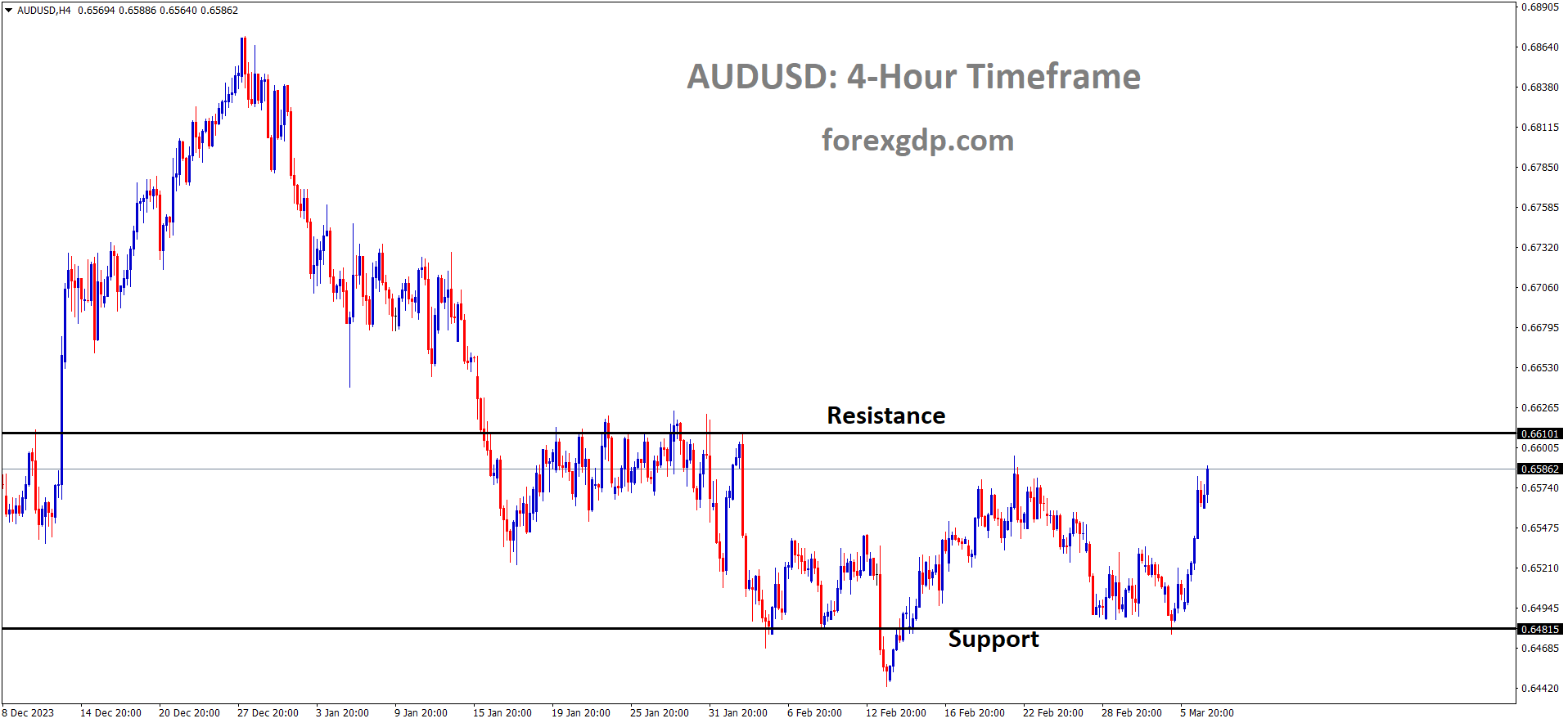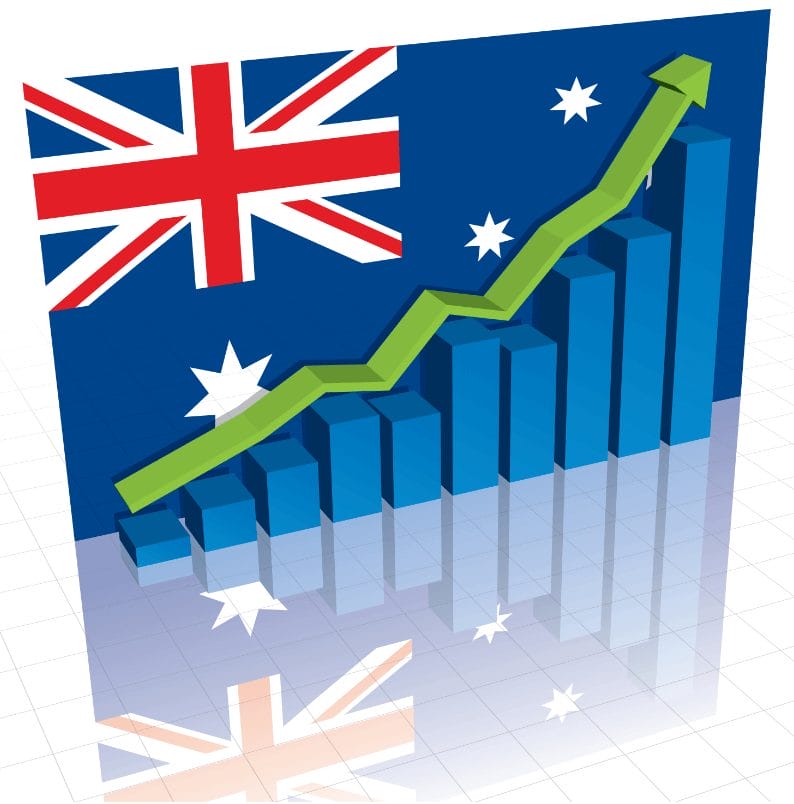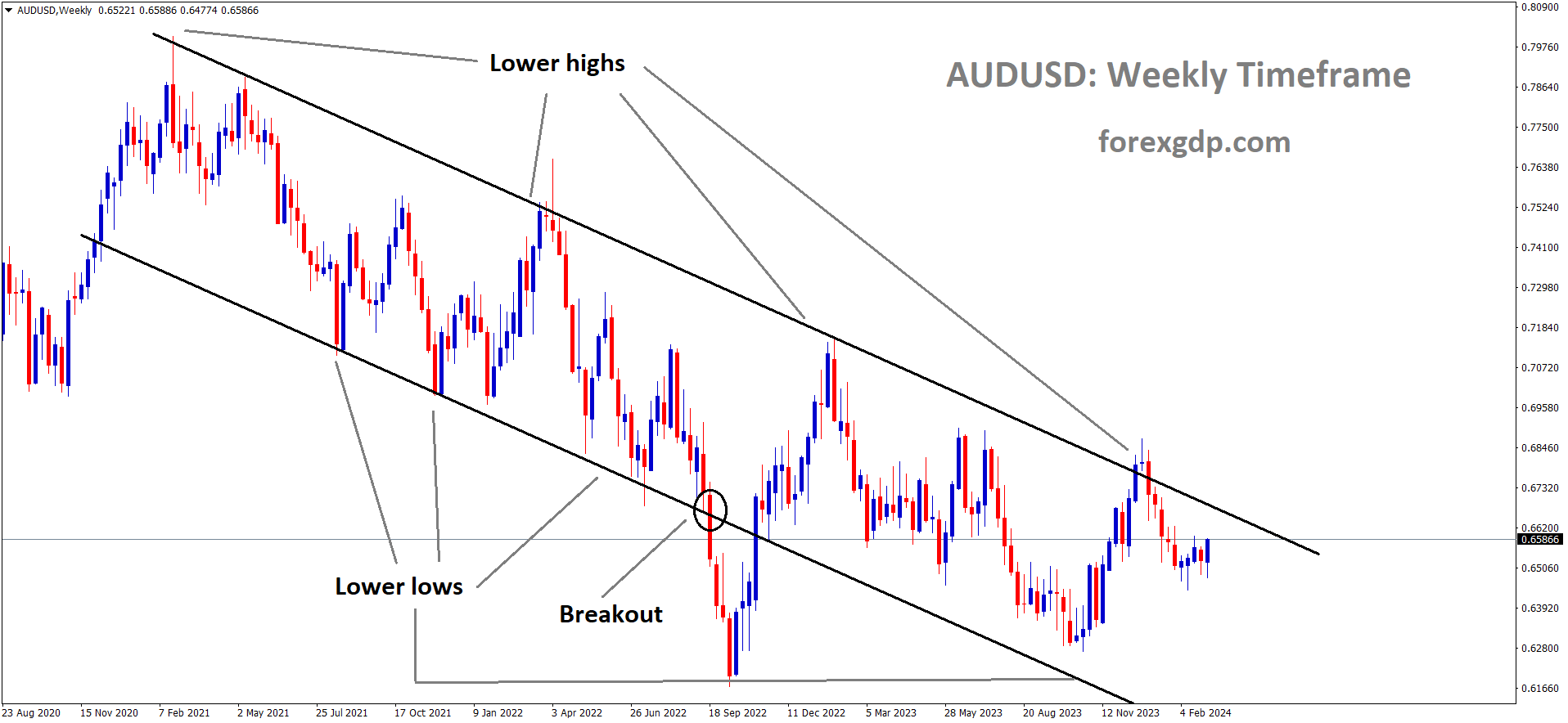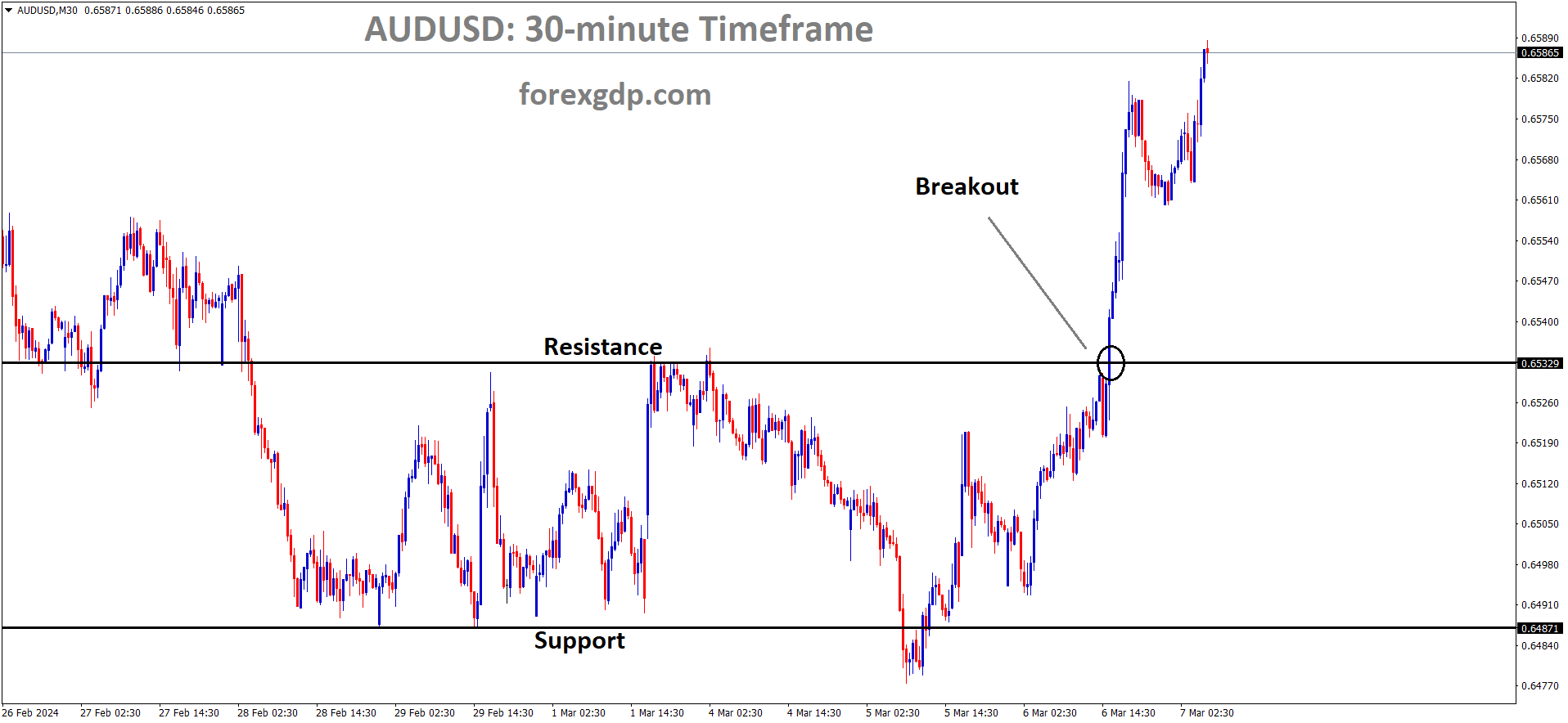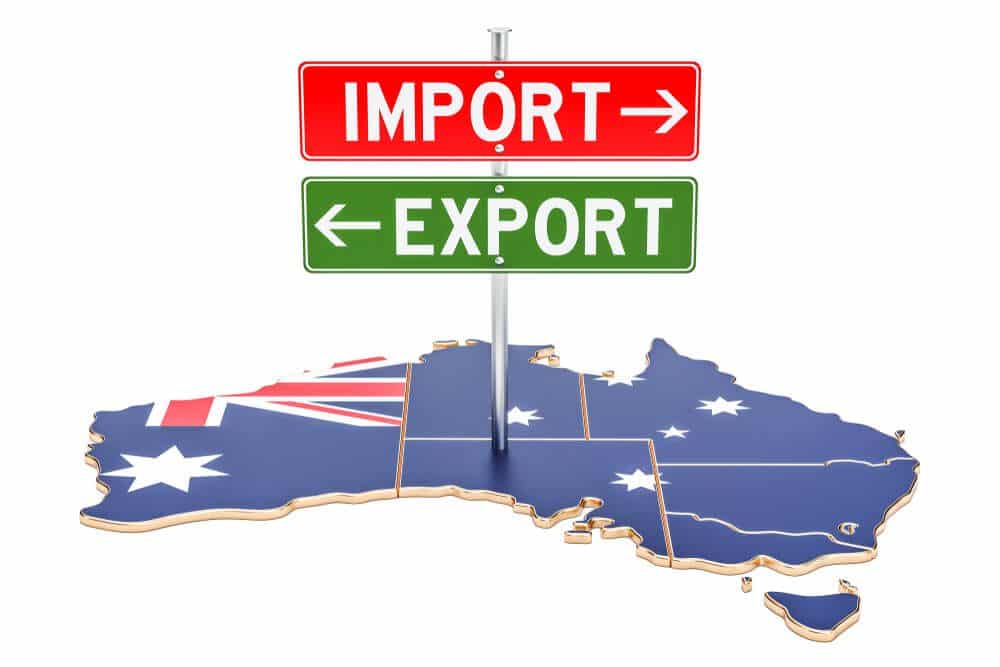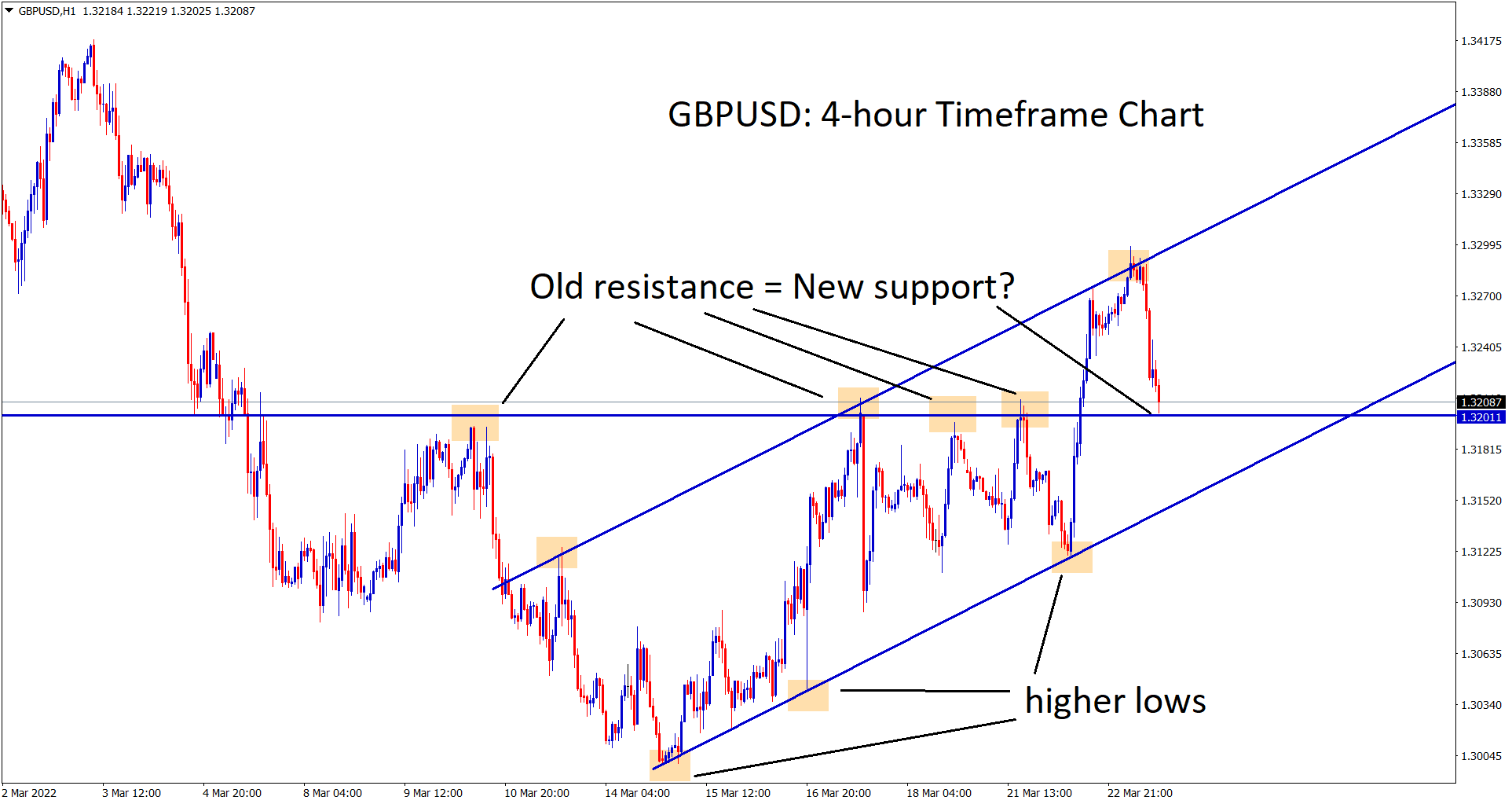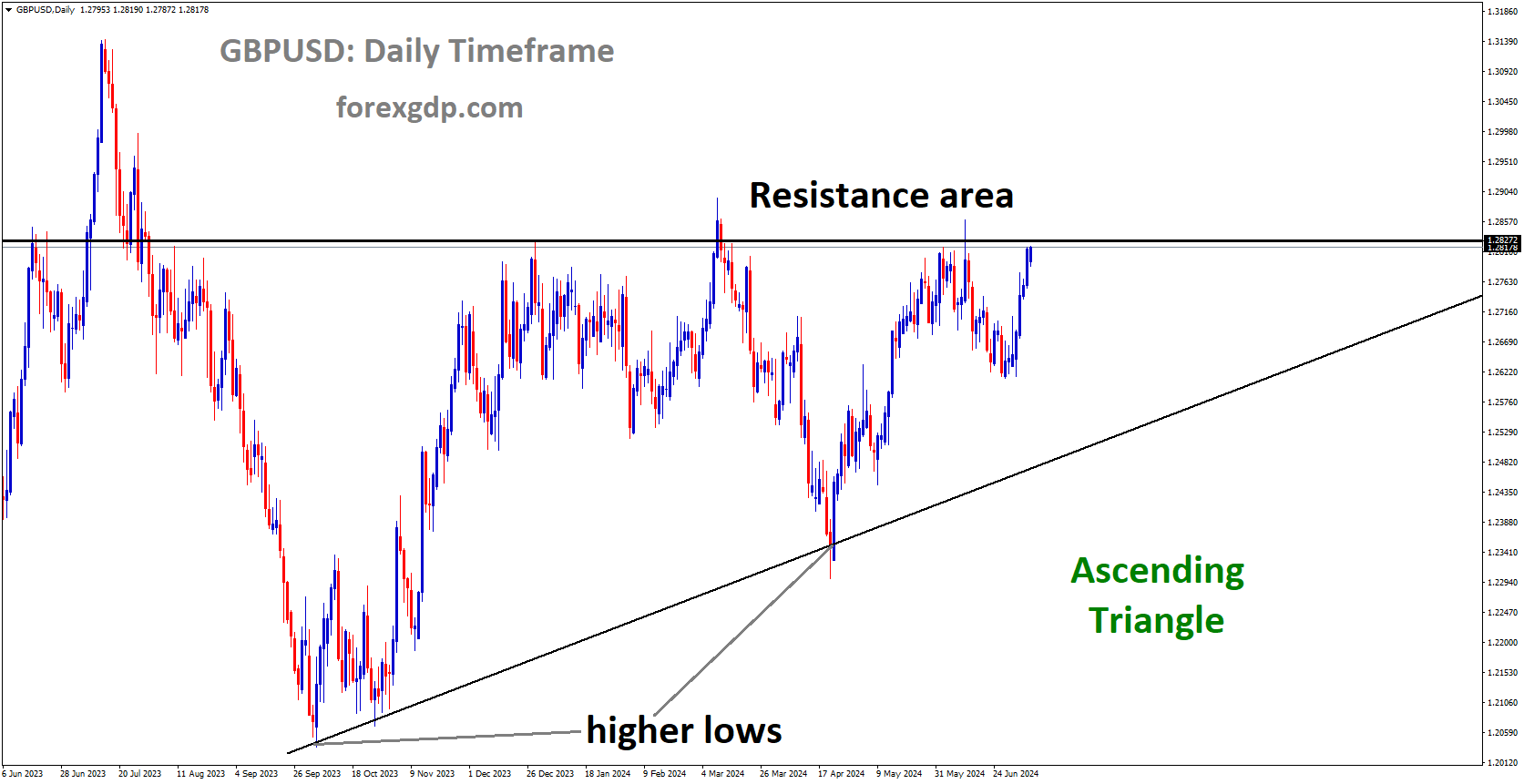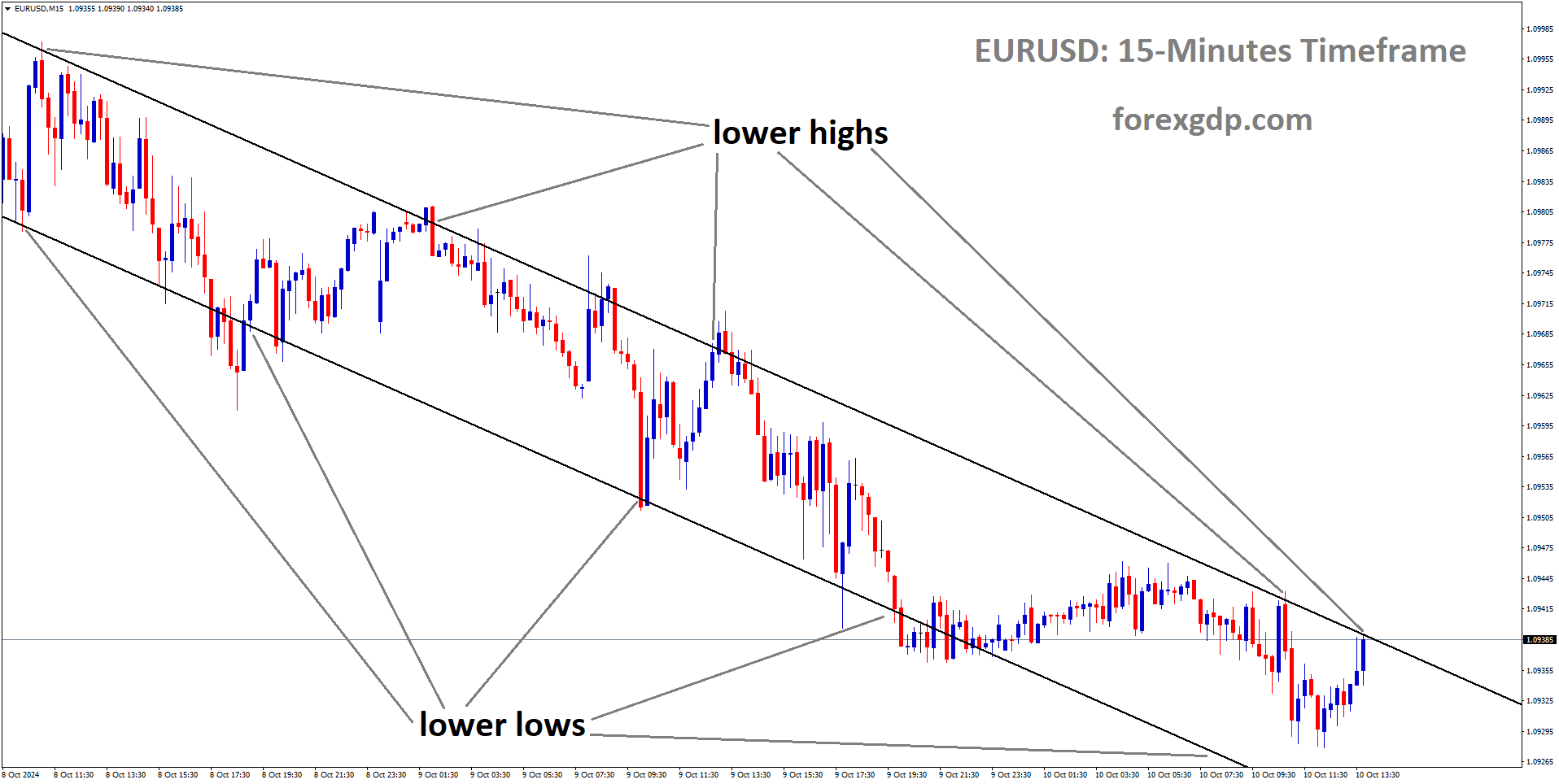AUD: China’s Jan-Feb Trade Surplus Soars on Export Surge
China trade Balance data came at 125.00 Billion for the month of February, it is more than expected $110 billion and $75 billion in December month. Exports grew by 7.1% from 1.9% expected. So Australian Dollar moved higher after the Data flashed.
AUDUSD is moving in box pattern and market has reached resistance area of the pattern
China’s Jan-Feb Trade Balance in Yuan reached CNY 890.8B, up from CNY 540.90B. Exports surged by 7.1% YoY, surpassing the expected 1.9%, while imports rose by 3.5% YoY. In USD terms, the trade surplus hit $125.16B, exceeding the expected +103.7B and the previous +75.34B in December.
AUD: China’s Jan-Feb Exports and Imports Exceed Expectations
China trade Balance data came at 125.00 Billion for the month of February, it is more than expected $110 billion and $75 billion in December month. Exports grew by 7.1% from 1.9% expected. So Australian Dollar moved higher after the Data flashed.
In the initial two months of 2024, China’s trade surplus exceeded expectations, experiencing growth primarily due to the resilience in export demand. Concurrently, imports were bolstered by heightened holiday spending.
Official data revealed that China’s trade balance for the January-February period amounted to $125.16 billion, surpassing the anticipated surplus of $110.30 billion. This figure marked an increase from December’s reading of $75.34 billion.
Notably, exports exhibited a remarkable year-on-year growth of 7.1% during this period, significantly surpassing the expected 1.9%. This robust performance indicated a degree of resilience in overseas demand for Chinese goods, despite challenging economic conditions in key export destinations, notably in Asia and Europe.
Domestic demand also witnessed improvement, primarily driven by heightened consumer spending during the year-end and Lunar New Year holidays. Imports grew by 3.5% year-on-year in January-February, surpassing expectations for a 1.5% increase and demonstrating a notable acceleration from the 0.2% increase observed in December.
The reported figures on Thursday suggest a positive turn in economic conditions for the world’s second-largest economy amid challenges such as a property market crisis, slowing business activity, and a sustained deflationary trend over the past year.
However, despite this early improvement in 2024, the sustainability of this momentum throughout the year remains uncertain. Beijing recently set a relatively conservative economic growth forecast for 2024, projecting a growth rate of 5%, consistent with the figures from 2023.
AUD: China’s February Exports Jump 7.1%, Signaling Shift in Demand
China trade Balance data came at 125.00 Billion for the month of February, it is more than expected $110 billion and $75 billion in December month. Exports grew by 7.1% from 1.9% expected. So Australian Dollar moved higher after the Data flashed.
China’s February Trade Boosts Demand; Positive Impact on Australian Dollar and RBA Rate Path
China witnessed a surge in imports and exports during February, indicating a positive shift in the demand environment. This upbeat trade data, along with positive figures from Australia, led to a favorable response from the Australian dollar. Concurrently, the Nikkei experienced fluctuations as Japan’s wage data fueled speculation about a Bank of Japan pivot, driving demand for the Yen.
Key Points:
1. China’s Trade Performance:
– China reported a significant year-on-year increase of 7.1% in exports for February, following a 2.3% rise in January, surpassing economists’ expectations of a 1.9% increase.
– Imports also grew by 3.5% year-on-year, compared to a 0.2% increase in January, exceeding the anticipated 1.5% growth.
2. Market Impact:
– The US dollar trade surplus widened from $75.34 billion to $125.16 billion, influencing positive buyer demand for the Australian dollar.
AUDUSD is moving in Descending channel and market has fallen from the lower high area of the channel
– China, accounting for one-third of Australian trade, played a crucial role in the positive response of the Aussie dollar.
3. RBA Rate Path:
– An improving Chinese economy may influence the Reserve Bank of Australia’s (RBA) interest rate trajectory.
– RBA Governor Michele Bullock had previously acknowledged considering China’s economic conditions in growth forecasts, suggesting that a more robust economic outlook could impact predictions of an RBA rate cut.
4. Trade and Economic Impact:
– China’s positive trade figures are seen as a potential boon for the Australian economy, given the significant trade relationship between the two nations.
– Australia’s trade-to-GDP ratio of over 50%, with 20% of the workforce in trade-related jobs, highlights the potential economic benefits of increased demand.
In summary, the improved trade performance in China has ripple effects on currency markets, influencing the Australian dollar and potentially impacting the RBA’s rate decisions.
AUDUSD has broken box pattern in upside
Australian Trade Surplus Expands in January
In January, the Australian trade surplus saw a widening from A$10.959 billion to A$11.027 billion, slightly below economists’ expectations of A$11.5 billion. Exports experienced a 1.6% month-on-month increase, following a 1.8% rise in December.
Key Details from the Australian Bureau of Statistics (ABS):
– Non-monetary gold exports notably surged by 18.2% in January, offsetting a 12.5% decline in the net exports of goods under merchanting. General merchandise exports recorded a modest increase of 0.5%.
– Imports of goods saw a 1.3% month-on-month increase in January, driven by substantial growth in consumption goods (5.2%) and capital goods (5.9%).
These figures highlight the dynamic trends within Australia’s trade landscape, showcasing both positive and negative movements across different export categories.
Don’t trade all the time, trade forex only at the confirmed trade setups.
Get more confirmed trade setups here: forexgdp.com/buy/


